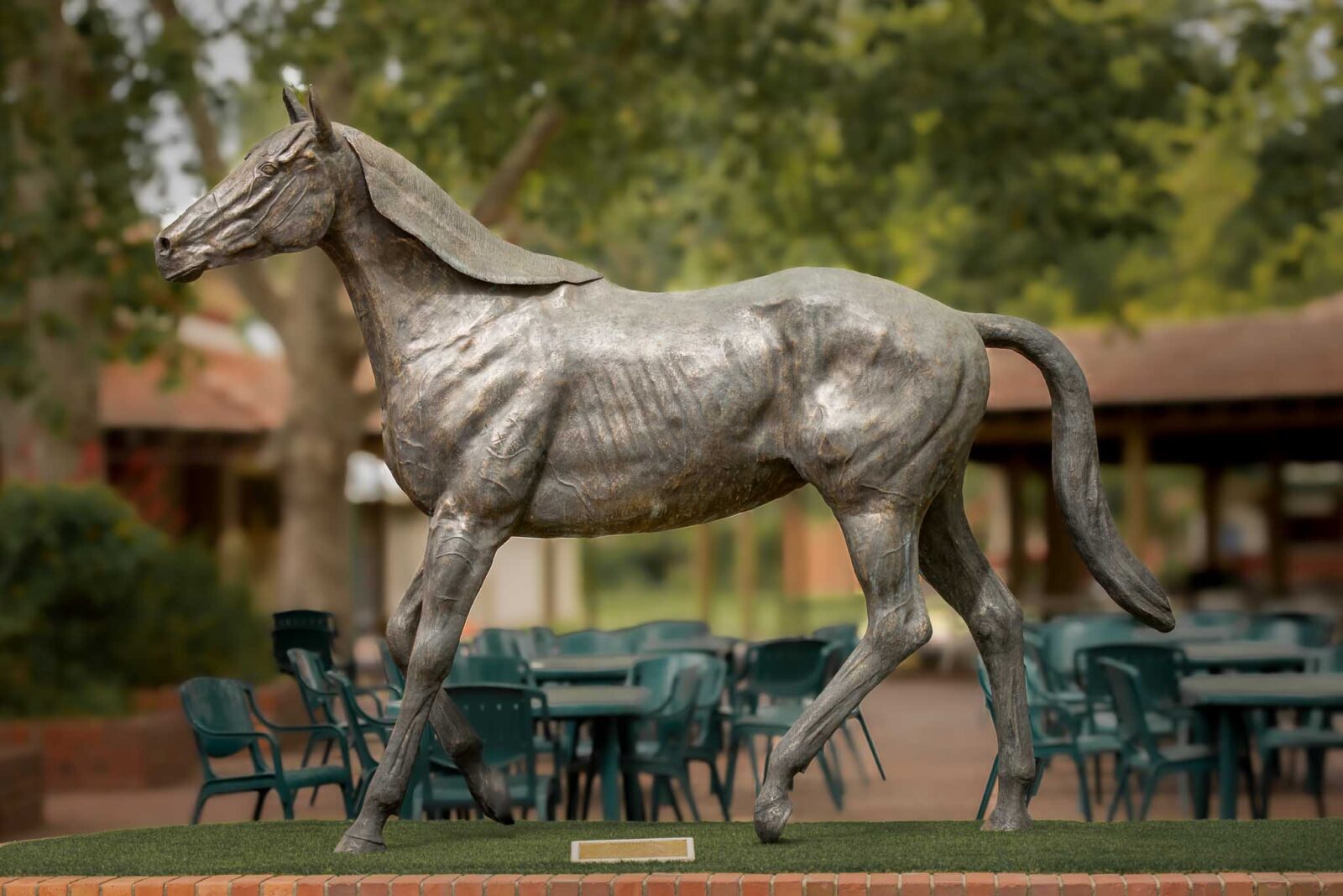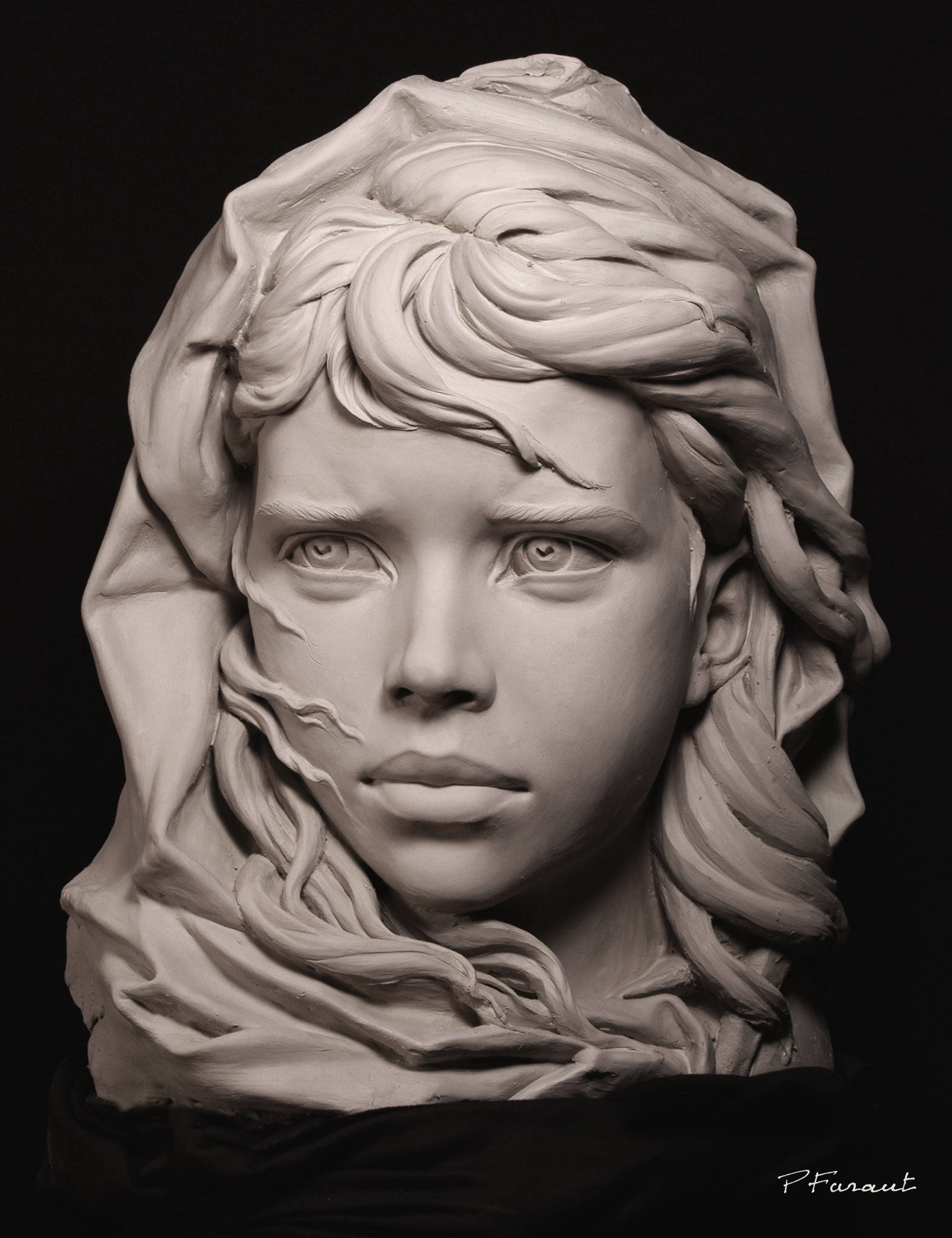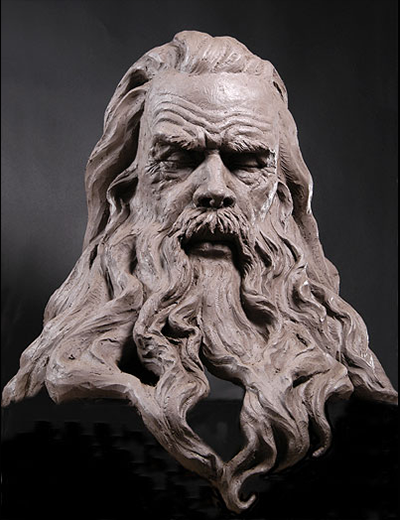Crafting Expressions: The Unique Artistry of a Portrait Sculptor
Wiki Article
The Development of Sculptures: From Old to Modern
The Evolution of Sculptures: From Ancient to Modern. Portrait Sculptor.Sculpture, one of the oldest forms of art, has actually been an important component of human world for centuries. From the old civilizations of Egypt and Greece to the modern period, sculptures have advanced, mirroring changes in imaginative strategies, products, and cultural influences. This journey through time traces the development of sculptures, checking out the changes in design, subject, and imaginative expression.
Starting with the ancient globe, sculptures crafted from stone and later bronze recorded the significance of deities, rulers, and everyday life. The Renaissance period saw a resurgence of classic sculpting techniques, as artists looked for to imitate the graceful forms of old Greek and Roman sculptures (Robert C Hitchcock Sculptor). In the contemporary age, artists challenged standard limits, welcoming abstraction and testing with new products
This expedition will certainly explore the varied development of sculptures, disclosing the rich tapestry of imaginative expression across various durations and cultures.

Old Sculptures: From Stone to Bronze
Ancient sculptures transitioned from being sculpted out of stone to being cast in bronze. Rock sculptures, while impressive in their very own right, were restricted by the nature of the product. Equine Sculptures.The introduction of bronze as a tool for sculptures brought around a transformation in imaginative expression. Bronze used artists the opportunity to develop realistic and detailed forms that were not possible with rock. The process of casting bronze permitted for the production of multiple copies of a sculpture, allowing wider distribution and conservation of these creative work of arts.
The change from rock to bronze also saw a shift in the subject of sculptures. While stone sculptures mainly depicted gods, sirens, and mythical figures, bronze sculptures began to mirror a wider array of topics, consisting of daily individuals and animals. This growth of subject showcased the convenience and versatility of the bronze medium.
Renaissance Resurgence: Sculpting in the Classical Style
The Renaissance resurgence of sculpture saw a resurgence in the classical design, building upon the developments made throughout the transition from rock to bronze in old sculptures. During this period, musicians looked for to recreate the classic aesthetic and perfects of appeal that were prevalent in old Greek and Roman sculptures.One of the crucial attributes of the Renaissance resurgence was the focus on naturalism and the human kind. Sculptors like Donatello and Michelangelo make every effort to catch the physiological details and expressions of their topics with unmatched accuracy. They studied the human body and integrated their monitorings into their sculptures, causing realistic and realistic representations.
One more essential element of the Renaissance rebirth was the expedition of point of view and deepness. Artists used strategies such as contrapposto, where the weight of the body is moved to one side, producing a feeling of activity and dynamism. They additionally try out different materials, including marble and bronze, to achieve a level of elegance and intricacy in their sculptures.

Modernism and the Avant-Garde: Damaging Conventional Borders
During the Innovation and Avant-Garde movements, sculptors pushed the limits of standard creative conventions. This period, which emerged in the late 19th and early 20th centuries, saw a significant shift in the method musicians approached sculpture. Denying the concept of art as simple replica, modernist carvers looked for to check out brand-new kinds, products, and concepts.
Among the crucial qualities of modernist sculpture was the emphasis on abstraction. Carvers relocated far from realistic representations and instead focused on recording the essence of the topic via simplified types and geometric shapes. This departure from traditional depiction enabled musicians to share their emotions and ideas in an extra individual and subjective fashion.

Contemporary Sculptures: Discovering New Materials and Concepts
With a focus on discovering new products and ideas, modern sculptures have actually transformed the area of art. Artists today are pressing the limits of typical sculpture by making use of innovative materials and exploring with abstract concepts. These sculptures test standard concepts of materiality, significance, and form, inviting customers to take part in a thought-provoking and new creative experience.Contemporary carvers are embracing a wide variety of materials, including plastic, glass, metal, and also natural issue. They are not restricted to the traditional medium of stone or clay, allowing for greater civil liberty and testing. This change towards unique materials has actually opened new opportunities for musicians to produce sculptures that are vibrant, interactive, and visually striking.
In enhancement to discovering brand-new products, modern sculptures additionally explore facility and abstract concepts. Artists are now discovering themes such as identification, social concerns, and the environment, using sculpture as a powerful tool for social discourse and self-questioning. These sculptures challenge visitors to believe critically and engage with art on a much deeper level, stimulating conversations and prompting psychological actions.
Global Influences: Sculptural Customs From All Over The World
Sculptural practices from different areas of the globe have actually considerably formed the evolution of sculptures throughout history. The worldwide impacts on sculpture have actually varied and have actually added to the splendor and range of creative expressions. From the old people of Egypt, Greece, and Rome to the intricate makings of Eastern cultures, each region has established its distinct sculptural practices that have affected musicians across time.In old Egypt, sculptures were created mostly for religious and funerary functions. The legendary sculptures of pharaohs and gods, such as the Great Sphinx and the bust of Queen Nefertiti, showcase the Egyptians' proficiency of rock carving and their belief in the afterlife.

In old Rome, sculpture served both political and creative objectives. Roman sculptures usually depicted emperors, generals, and mythological numbers, reflecting the power and magnificence of the realm. The marble sculpture of Augustus of Prima Porta and the significant Arch of Constantine are notable instances of Roman sculptural achievements.
Asian sculptural traditions, specifically in India, China, and Japan, have also had an extensive effect on the development of sculptures. Indian sculptures, such as the intricately carved holy places of Khajuraho and the colossal statues of Buddha, display an abundant combination of spiritual, mythological, and building components. Chinese sculptures, characterized by their fine workmanship and attention to information, usually portray deities, pets, and fabulous numbers. Japanese sculptures, influenced by Buddhism, highlight simpleness and tranquility, seen in the peaceful statues of Buddha and the classy art of bonsai.
The global impacts on sculpture continue to progress in the modern era. As we look to the future, it is particular that the worldwide influences on sculpture will certainly continue to shape and redefine this old art type.
Conclusion
In conclusion, the Website evolution of sculptures has seen a change from ancient rock and bronze works to the classical revival during the Renaissance. This was complied with by the splitting of typical borders through modernism and the progressive activity. Today, contemporary sculptures discover brand-new products and principles, while likewise drawing motivation from worldwide sculptural practices. The trip of sculptures reflects the ever-changing artistic expressions and social impacts throughout history.From the old people of Egypt and Greece to the contemporary age, sculptures have actually developed, reflecting changes in artistic techniques, materials, and social influences.Beginning with the ancient world, sculptures crafted from rock and later bronze captured the essence of deities, leaders, and daily life.Ancient sculptures transitioned from being carved out of rock to being cast in bronze. While stone sculptures predominantly depicted gods, sirens, and mythical numbers, bronze sculptures began to mirror a more comprehensive array of topics, consisting of day-to-day people and animals.In conclusion, the evolution of sculptures has actually seen a shift from ancient stone and bronze works to the timeless resurgence during the Renaissance.
Report this wiki page